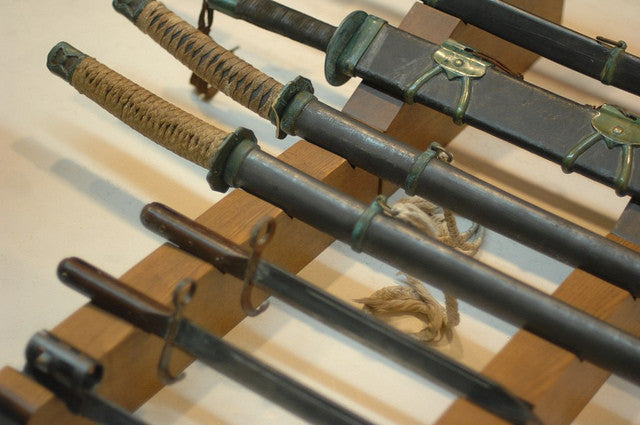Your Cart is Empty


Kumdo, also referred to as Geomdo, is a century-old form of traditional martial art. The term translates into "way of the sword," which a key element of the practice. To learn more about Kumdo and how it came to be, keep reading.
Origins of Kumdo
Kumdo has roots dating back to the early 1900s, during which the Dai Nippon Butoku Kai (DNBK) wad formed. The DNBK's mission was to preserve some of the older forms of martial arts that were all but forgotten, including sword, archery and hand-to-hand combat.
Philosophy
Kumdo has deep philosophical principles and beliefs. It encourages students to build strong character while showing respect, courtesy and fairness throughout their training. May modern Kumdo schools embrace the five tenets of the Three Kingdoms Period, which follows:
Be loyal and faithful to your country and organization.
Be faithful and respectful to your parents and elders.
Be faithful and respectful to your friends and colleagues.
Be confident and show courage when faced with injustice.
Be benevolent.
Levels
Kumdo students must climb their way up the rankings. The requirements to advance a rank varies depending on the respective Kumdo school, though most involve conditioning of the body and mind.
Equipment
Common types of equipment used in Kumdo include the following:
Training
In Kumdo, engagement occurs between two students at a time. Both students are required to wear the appropriate body armor (see above), while using bamboo swords to attack. Engagement occurs in either a square or rectangular-shaped area and lasts for approximately 5 minutes with an optional 3 minute extension.
Students earn points during these engagements by successfully striking their opponent with the bamboo sword. The student with the highest amount of points at the end of the 5-minute engagement is declared the winner.